George Papadimitriou
Large Language Models for Anomaly Detection in Computational Workflows: from Supervised Fine-Tuning to In-Context Learning
Jul 24, 2024



Abstract:Anomaly detection in computational workflows is critical for ensuring system reliability and security. However, traditional rule-based methods struggle to detect novel anomalies. This paper leverages large language models (LLMs) for workflow anomaly detection by exploiting their ability to learn complex data patterns. Two approaches are investigated: 1) supervised fine-tuning (SFT), where pre-trained LLMs are fine-tuned on labeled data for sentence classification to identify anomalies, and 2) in-context learning (ICL) where prompts containing task descriptions and examples guide LLMs in few-shot anomaly detection without fine-tuning. The paper evaluates the performance, efficiency, generalization of SFT models, and explores zero-shot and few-shot ICL prompts and interpretability enhancement via chain-of-thought prompting. Experiments across multiple workflow datasets demonstrate the promising potential of LLMs for effective anomaly detection in complex executions.
Invited: Neuromorphic architectures based on augmented silicon photonics platforms
Jul 07, 2024


Abstract:In this work, we discuss our vision for neuromorphic accelerators based on integrated photonics within the framework of the Horizon Europe NEUROPULS project. Augmented integrated photonic architectures that leverage phase-change and III-V materials for optical computing will be presented. A CMOS-compatible platform will be discussed that integrates these materials to fabricate photonic neuromorphic architectures, along with a gem5-based simulation platform to model accelerator operation once it is interfaced with a RISC-V processor. This simulation platform enables accurate system-level accelerator modeling and benchmarking in terms of key metrics such as speed, energy consumption, and footprint.
Security layers and related services within the Horizon Europe NEUROPULS project
Dec 14, 2023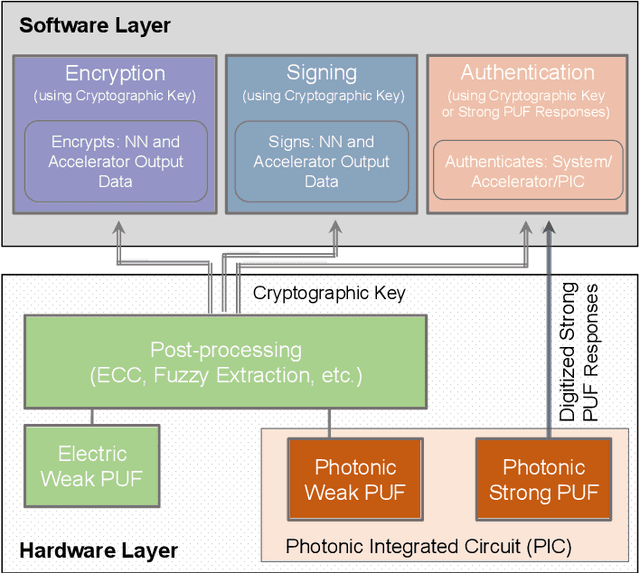
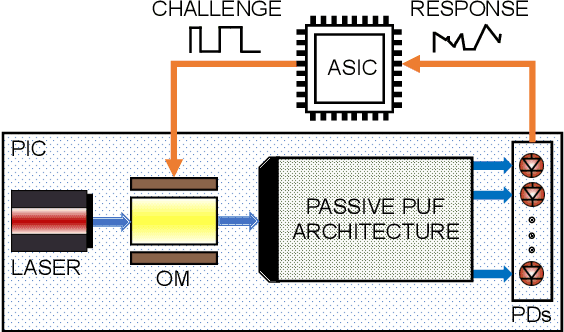
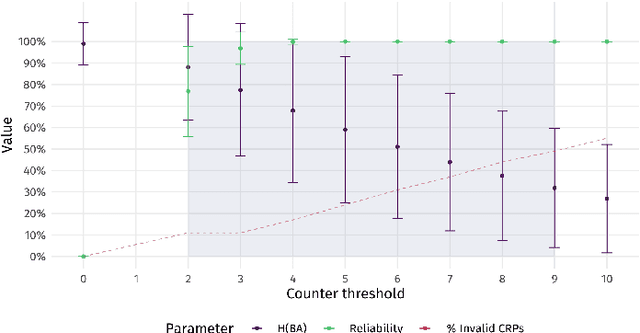
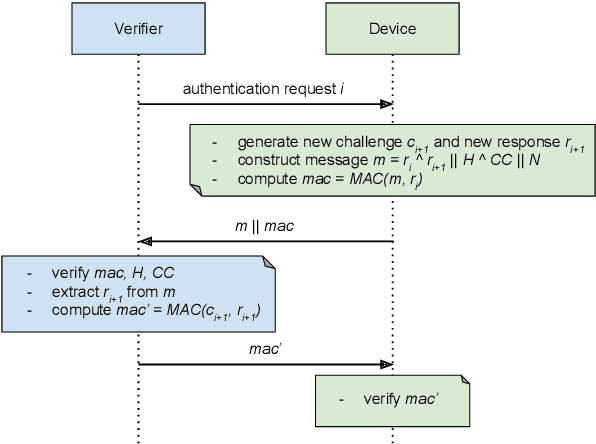
Abstract:In the contemporary security landscape, the incorporation of photonics has emerged as a transformative force, unlocking a spectrum of possibilities to enhance the resilience and effectiveness of security primitives. This integration represents more than a mere technological augmentation; it signifies a paradigm shift towards innovative approaches capable of delivering security primitives with key properties for low-power systems. This not only augments the robustness of security frameworks, but also paves the way for novel strategies that adapt to the evolving challenges of the digital age. This paper discusses the security layers and related services that will be developed, modeled, and evaluated within the Horizon Europe NEUROPULS project. These layers will exploit novel implementations for security primitives based on physical unclonable functions (PUFs) using integrated photonics technology. Their objective is to provide a series of services to support the secure operation of a neuromorphic photonic accelerator for edge computing applications.
Self-supervised Learning for Anomaly Detection in Computational Workflows
Oct 02, 2023



Abstract:Anomaly detection is the task of identifying abnormal behavior of a system. Anomaly detection in computational workflows is of special interest because of its wide implications in various domains such as cybersecurity, finance, and social networks. However, anomaly detection in computational workflows~(often modeled as graphs) is a relatively unexplored problem and poses distinct challenges. For instance, when anomaly detection is performed on graph data, the complex interdependency of nodes and edges, the heterogeneity of node attributes, and edge types must be accounted for. Although the use of graph neural networks can help capture complex inter-dependencies, the scarcity of labeled anomalous examples from workflow executions is still a significant challenge. To address this problem, we introduce an autoencoder-driven self-supervised learning~(SSL) approach that learns a summary statistic from unlabeled workflow data and estimates the normal behavior of the computational workflow in the latent space. In this approach, we combine generative and contrastive learning objectives to detect outliers in the summary statistics. We demonstrate that by estimating the distribution of normal behavior in the latent space, we can outperform state-of-the-art anomaly detection methods on our benchmark datasets.
NEUROPULS: NEUROmorphic energy-efficient secure accelerators based on Phase change materials aUgmented siLicon photonicS
May 04, 2023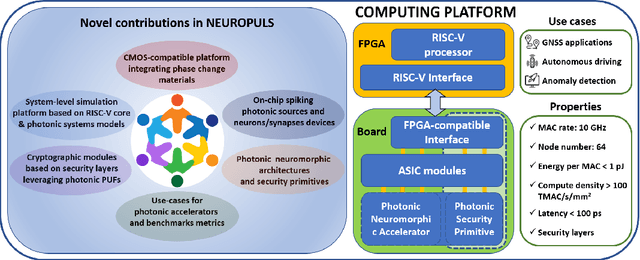
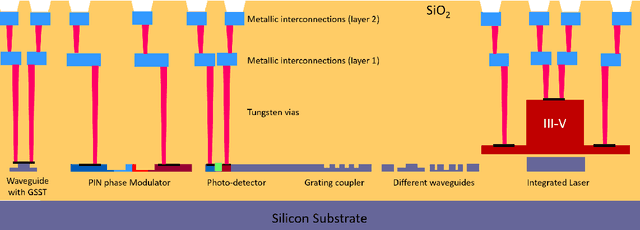
Abstract:This special session paper introduces the Horizon Europe NEUROPULS project, which targets the development of secure and energy-efficient RISC-V interfaced neuromorphic accelerators using augmented silicon photonics technology. Our approach aims to develop an augmented silicon photonics platform, an FPGA-powered RISC-V-connected computing platform, and a complete simulation platform to demonstrate the neuromorphic accelerator capabilities. In particular, their main advantages and limitations will be addressed concerning the underpinning technology for each platform. Then, we will discuss three targeted use cases for edge-computing applications: Global National Satellite System (GNSS) anti-jamming, autonomous driving, and anomaly detection in edge devices. Finally, we will address the reliability and security aspects of the stand-alone accelerator implementation and the project use cases.
 Add to Chrome
Add to Chrome Add to Firefox
Add to Firefox Add to Edge
Add to Edge